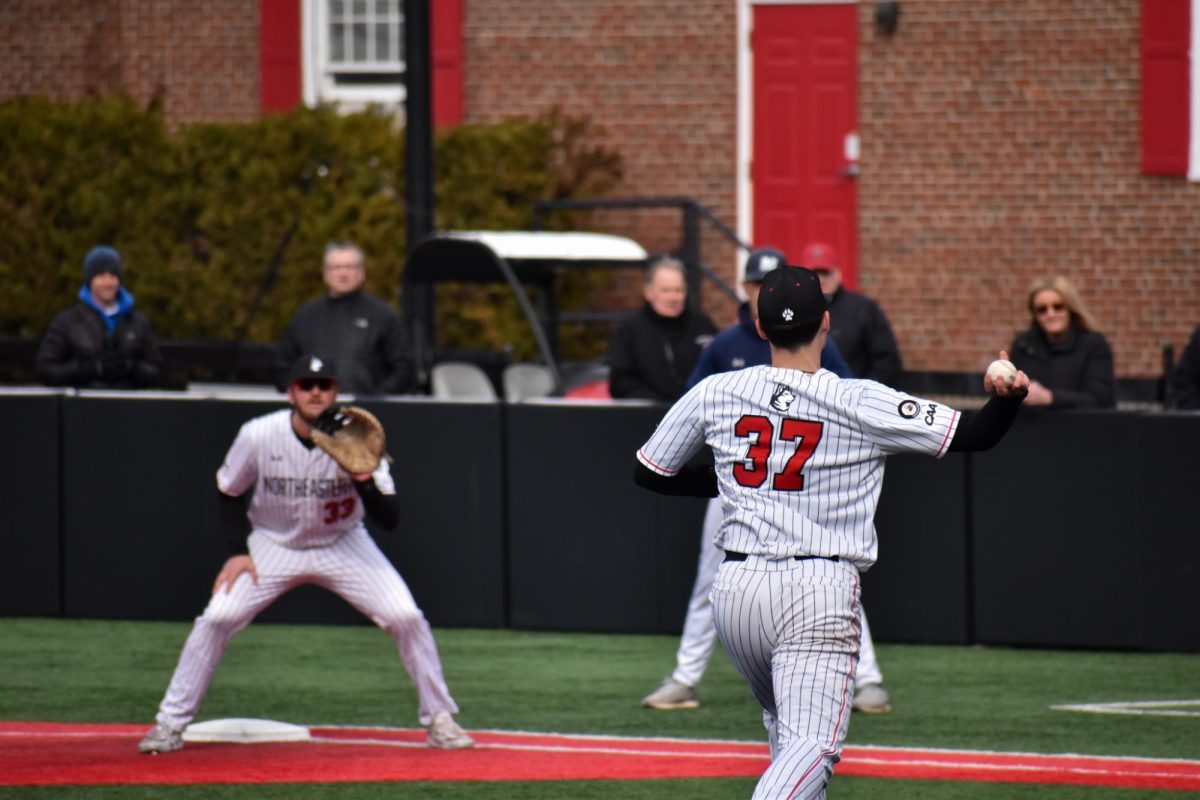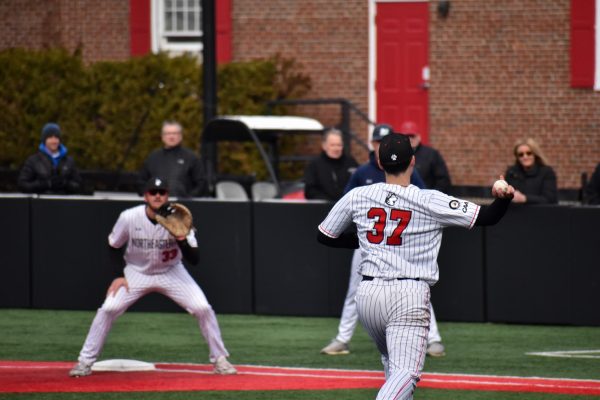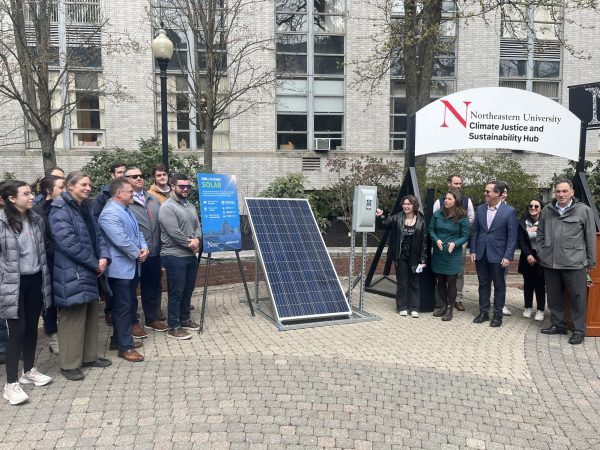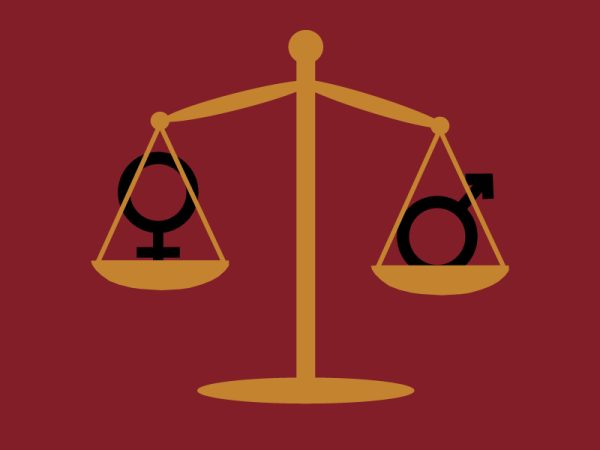NU’s transition to PaperCut printing creates problems for students
Northeastern recently switched its printing system to the management software PaperCut. Some students have brought up technical issues such as not being able to print double-sided.
September 18, 2019
On July 29, during the Summer II semester, Northeastern transitioned from the Pharos printing system to PaperCut to accommodate the growing demand for printing.
Ryan Bender, the manager of Digital University Solutions and Experience and a member of the team that led the printing system migration, said the old Pharos system was put in place “many, many, many employees ago,” and there was a need for something that could handle the higher volume of students and meet demands for more printers throughout the campus. Bender said NU students print 14 million pages a year, and Pharos was not equipped to handle that amount of printing.
In the current system, the printers are owned and operated by the university, which pays for printer maintenance costs, such as toner, and purchases new printers when they break.
Bender said along with the PaperCut transition, there will soon be a shift to a “leasing system” of printers, which will lower costs and allow for further expansion. The system will allow the university to give students more printing options. A first wave of new printers is expected to be added to campus by November. “You’re going to see new printers, bigger printers, and more options everywhere,” he said.
Students said they are frustrated with the change during this initial transition period, especially with PaperCut’s web print feature. The tool allows students to upload PDFs online and hold them for release at an on-campus printer. It has a feature known as “thoughtful printing,” which shows students the carbon footprint of their print jobs.
Students said they have experienced some difficulty in the transition, but expect to enjoy the new system once they learn how to use it.
Bella Greco, a second-year architecture major, said she initially “[expletive] hated” the change, believing she could only use the web print feature of PaperCut. She said PDF uploads are especially problematic for her since they distort the scale of files, which need to be precise for her architecture assignments. Greco said she is becoming more satisfied with the system, but still has not fully figured it out. “I’m trying to learn how to print with the phone app,” she said.
Danielle Bettio, a fourth-year anthropology major, said they were originally shocked by the change and upset that they could not choose an option for double-sided printing using web print. They said when they went to add the new printers to their computer, the printers did not show up in the device list.
“It made me very stressed,” Bettio said. “In my classes, people are still really confused and don’t know how to double-sided print.”
Bettio said they have gotten accustomed to the change, but don’t believe it is better in quality than the old Pharos system. They said they do love the new feature that allows students to release print jobs without their Husky ID. “I lost my husky card for a week, so I do love that I can print without my ID,” they said.
Bender said he is aware of the problems with web print and the inability to print double-sided. He said his team at Information Technology Services has found a solution, but it will take about a month to implement and should be available in November. He also said the tutorial page is updated live and quick to update with new problems reported by students.
Regarding the transition overall, Bender said he is satisfied. “Honestly I’m happy with how well it has been going … It’s just the transition, the communication piece, getting people to use it, but otherwise it’s been pretty smooth,” he said.


















